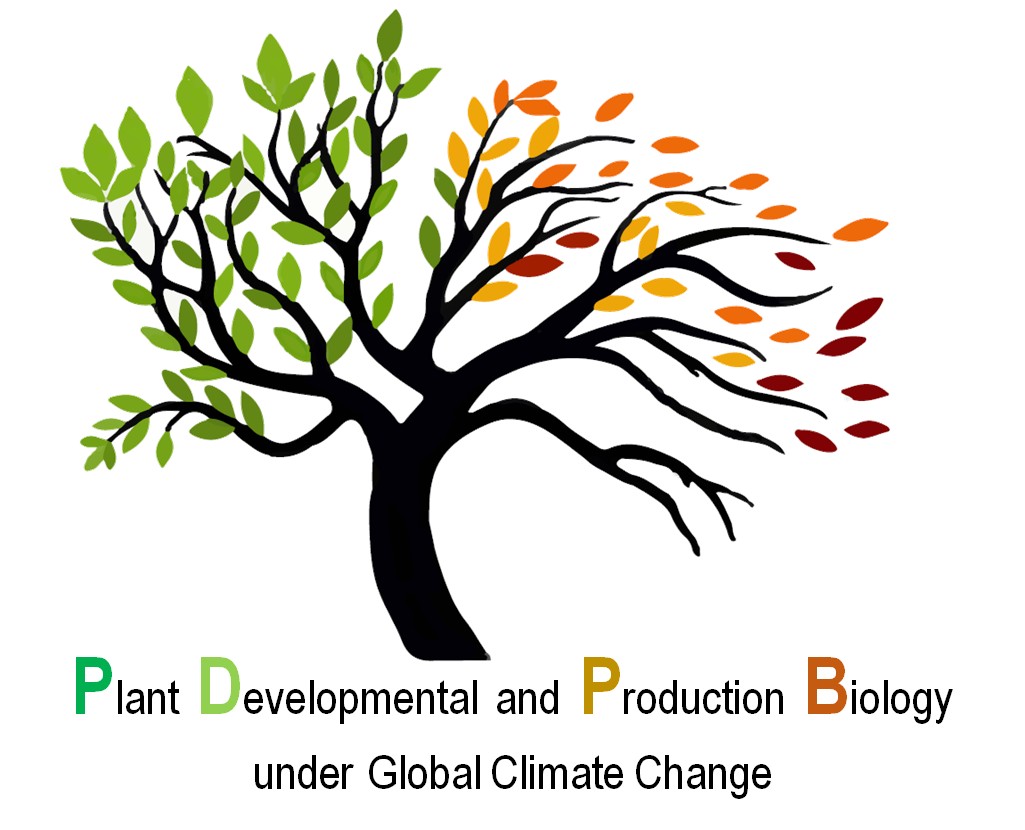| |
|
Conditional and developmental rearrangements of the plant cytoskeleton
|
| |
|
Komis G [a], Samaj J [a], Ovecka M [a], Samajova O [a], Krenek P [a], Luptovciak I [a] |
| |
|
|
| |
|
[a] Department of Cell Biology, Faculty of Science, Centre of the Region Haná for Biotechnological and Agricultural Research, Palacký University Olomouc, Olomouc, CZ
|
| |
|
|
| |
|
The higher plant cytoskeleton comprises of actin microfilaments and microtubules, both of which are strategically positioned at the interphase between the cell and its extracellular environment. Being largely localized at the cell cortex, both cytoskeletal elements interact with structural and signaling proteins associated with the plasma membrane, being promptly responsive to extracellular stimuli. At the exposure of plant cells to environmental stimulation or developmental cues, the plant cytoskeleton is remodeled during such responses, in order to support cell growth rearrangement or to contribute to the adaptive response. Many cytoskeletal proteins implicated in the nucleation, bundling, severing and dynamic regulation of both cytoskeletal elements, were shown to be targeted by signaling molecules, which regulate their activity and their affinity for the surface of the actin microfilament or the microtubule. Herein we provide an overview of how microtubules and actin microfilaments are related to physiological responses against hyperosmotic cues downstream of signaling processes such as MAPK activation. Moreover we examine how regulation of microtubule bundling proteins such as MAP65-1 and MAP65-3 and microtubule severing by KATANIN can contribute to the fulfillment of cytokinesis and the establishment of cell division plane orientation, necessary for tissue patterning and organ formation in plants.
|
| |
|
|
| |
|
This work was supported by ERDF project ‘Plants as a tool for sustainable global development’ (CZ.02.1.01/0.0/0.0/16_019/0000827). |
|

